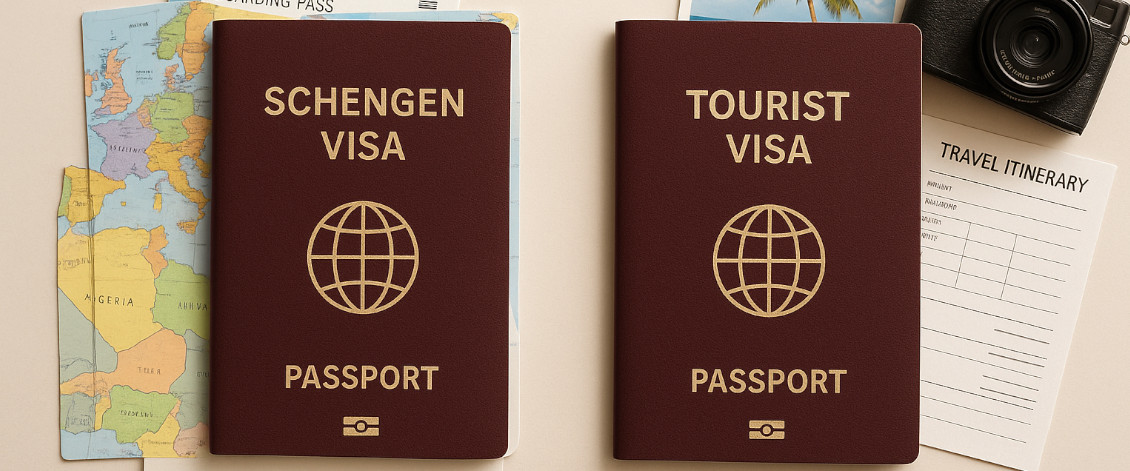
Navigating the essentials of the Schengen visa begins with grasping the concept of the Schengen Area, a vast region spanning over 400 million square miles across more than two dozen European nations. Established by the Schengen Agreement in 1985, this zone facilitates visa-free travel for its member states’ citizens, creating a borderless expanse within mainland Europe. For visitors from outside this area, a Schengen visa becomes necessary, distinguishing it from traditional visas by allowing unrestricted travel across all member countries on a single permit. This system, rooted in the European Union’s Visa Code, simplifies entry and movement, making it a unique travel framework as of September 2025.
The understanding clarifies travel freedom.
Who Requires a Schengen Visa and Who Is Exempt
Who requires a Schengen visa depends on nationality, with citizens of over a hundred countries, including those from Africa, Asia, the Middle East, and Russia, needing one to cross Schengen borders. The European Union mandates this for non-Schengen and non-EU nationals, ensuring regulated entry. Conversely, exemptions apply to EU and Schengen Zone residents, who enjoy visa-free travel, as well as nationals from countries like Australia, Brazil, Canada, Japan, and the United States, who can visit for up to 90 days within a 180-day period without a visa. This dual structure, evolving since the agreement’s inception, shapes travel eligibility in mid-September 2025.
The requirements define access levels.
The Application Process and Timing Considerations
The application process for a Schengen visa involves submitting requests to the embassy or consulate of the first country of entry or the one where the most time will be spent, with options to use accredited visa application centers like VFS Global. Applicants must complete a visa form, provide required documents including proof of insurance, and attend an in-person interview for biometric data collection. Timing is critical, with applications accepted between six months and 15 days before departure, though processing typically takes around 15 days, potentially extending to two months depending on circumstances. This process, outlined as of September 10, 2024, requires careful planning for 2025 travel.
The process demands strategic timing.
Cost Factors and Pricing Structure
Cost factors and pricing structure for a Schengen visa are standardized across all member states, ensuring a uniform fee globally. The base price varies by age and marital status, with adults paying a full fee, children aged 6 to 12 receiving a 50% discount, and those under 6 or spouses of EU citizens obtaining it for free. This tiered system, subject to change under evolving EU and Schengen legislation, reflects accessibility considerations. Travelers are advised to verify current rates through official channels, as the cost remains a key element of planning for trips in September 2025.
The structure balances accessibility and cost.
Travel Insurance Requirements with AXA Options
Travel insurance requirements with AXA options are a cornerstone of the Schengen visa application, mandating coverage of at least €30,000 for medical emergencies, hospitalization, and repatriation. AXA offers tailored solutions, including the Basic plan for minimal visa compliance across Schengen countries and four microstates, the Essential plan extending to all EU countries including the UK, and the Annual plan for frequent travelers with 90-day trip coverage. These plans, designed to meet EU standards, provide immediate certificates upon purchase, ensuring compliance and peace of mind for journeys planned in 2025.
The requirements ensure comprehensive protection.
Practical Tips for a Smooth Visa Experience
Practical tips for a smooth visa experience include double-checking passport validity, ensuring it remains valid for at least six months beyond the return date, and gathering all documents well in advance. Applying through the correct embassy or center, adhering to the 15-day to six-month application window, and contacting officials if delays occur can prevent issues. Staying updated with the latest EU and Schengen regulations via official websites is also crucial, as policies may shift. These strategies, highlighted in 2024 guidance, remain vital for seamless travel planning in September 2025.
The tips enhance application success.
Conclusion
Navigating the essentials of the Schengen visa reveals a system that streamlines travel across a vast European zone, requiring careful attention to visa needs, application timing, costs, and insurance. With practical planning and AXA’s tailored insurance options, travelers can ensure a smooth experience in 2025.
